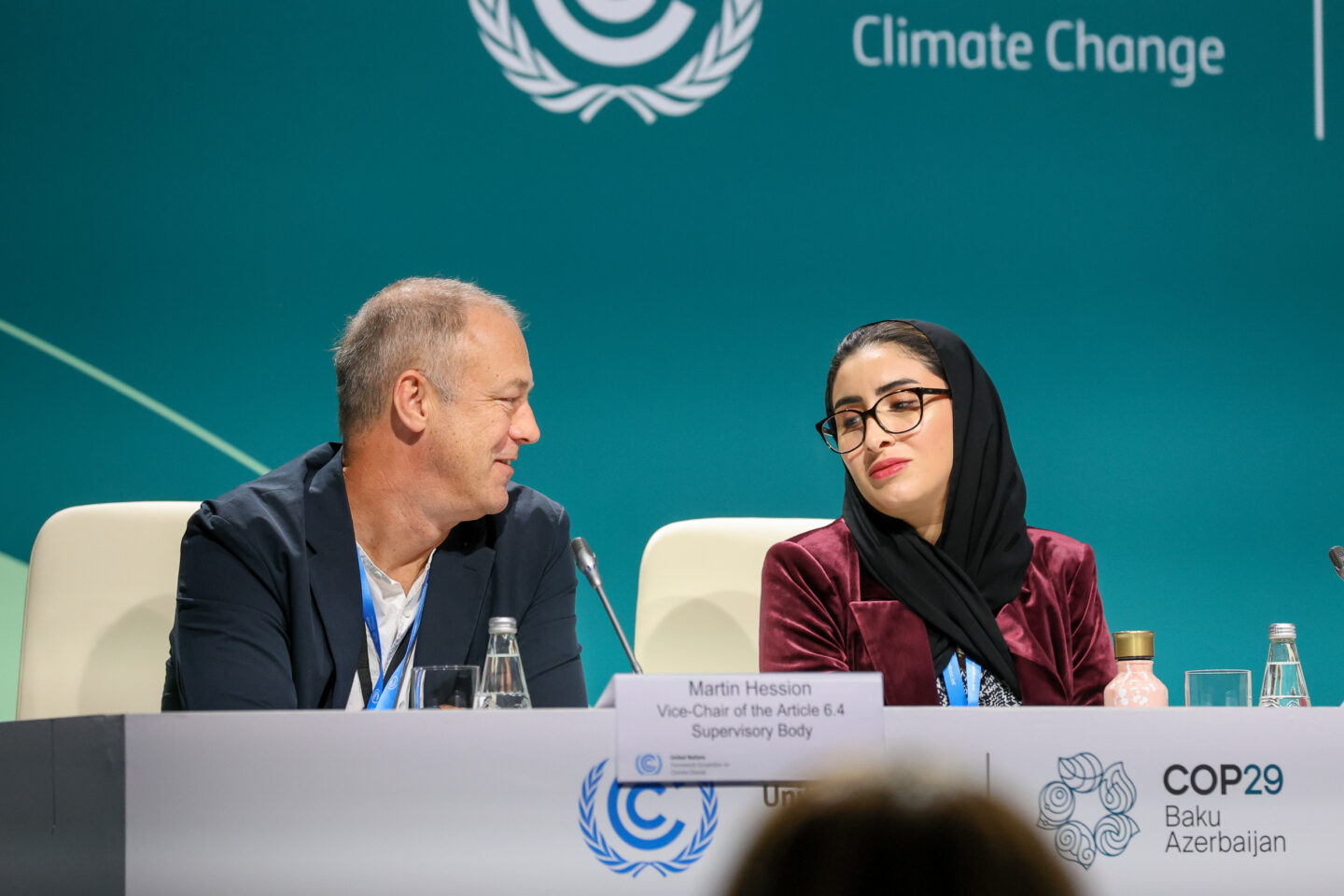
The rules, approved by the Supervisory Body of the Paris Agreement Crediting Mechanism (PACM), represent a long-awaited upgrade to international carbon trading—aligning it with the climate pact's core demand that all countries steadily raise their climate ambition.
"This is a critical foundation," said the Body's Chair and Vice-Chair in a joint statement. "It offers a credible framework that balances climate ambition with national priorities, social safeguards, and investor clarity."
A tougher standard for carbon credits
The newly adopted rules tighten the criteria for generating carbon credits. Projects can no longer claim credits for marginal gains or business-as-usual improvements. Instead, they must now demonstrate real, measurable reductions in emissions that go well beyond historical norms.
Baselines must now be set against conservative estimates—such as 10% below historical emissions—and tighten annually by at least 1%, ensuring that projects stay aligned with net zero pathways. Other new provisions include independent grievance mechanisms, mandatory human rights safeguards, and rules to prevent "leakage"—where emissions reductions in one area push pollution elsewhere.
This tougher regime is a direct response to longstanding criticism of voluntary carbon markets, where credits have often failed to represent actual emissions cuts.
A credibility gap without cash
Despite the technical progress, the Supervisory Body cautioned that implementation still hinges on financial backing. "Without a steady flow of investment, this progress will remain largely on paper," they warned.
Countries hosting carbon credit projects are particularly concerned about retaining the climate benefits of those investments. The updated framework aims to address this by embedding host country roles directly into the project approval process.
But critics argue more trust-building is needed. Past international schemes like the Clean Development Mechanism (CDM) were often seen as favouring wealthy countries and corporations. The new system tries to improve on that legacy, but expectations are higher now—and scrutiny is growing.
Lessons from the past, eyes on the future
The PACM framework is designed to evolve. A key innovation is the ability to revise carbon credit methodologies centrally, ensuring top-down consistency across sectors. At the same time, a "bottom-up" channel will allow project developers and local actors to propose new methods tailored to their needs.
The first such proposal is already under review, and the first official PACM credits could be issued later this year.
The Body acknowledged criticism for moving slowly, but said political complexities and the need for consensus had delayed progress. "We now have a solid framework, and we are moving forward with confidence," the statement said.
A final piece of the puzzle—rules for handling emissions reversals and ensuring project permanence—is expected later this year. The goal is to have the full system operational by early 2026.
"Scrutiny is essential"
The Body said it welcomes oversight and transparency, describing outside evaluation as crucial for building trust and ensuring environmental integrity.
"We're not just building a market. We're building confidence—in the rules, in the results, and in the global effort to cut emissions."
The challenge now is not the design, but the delivery.